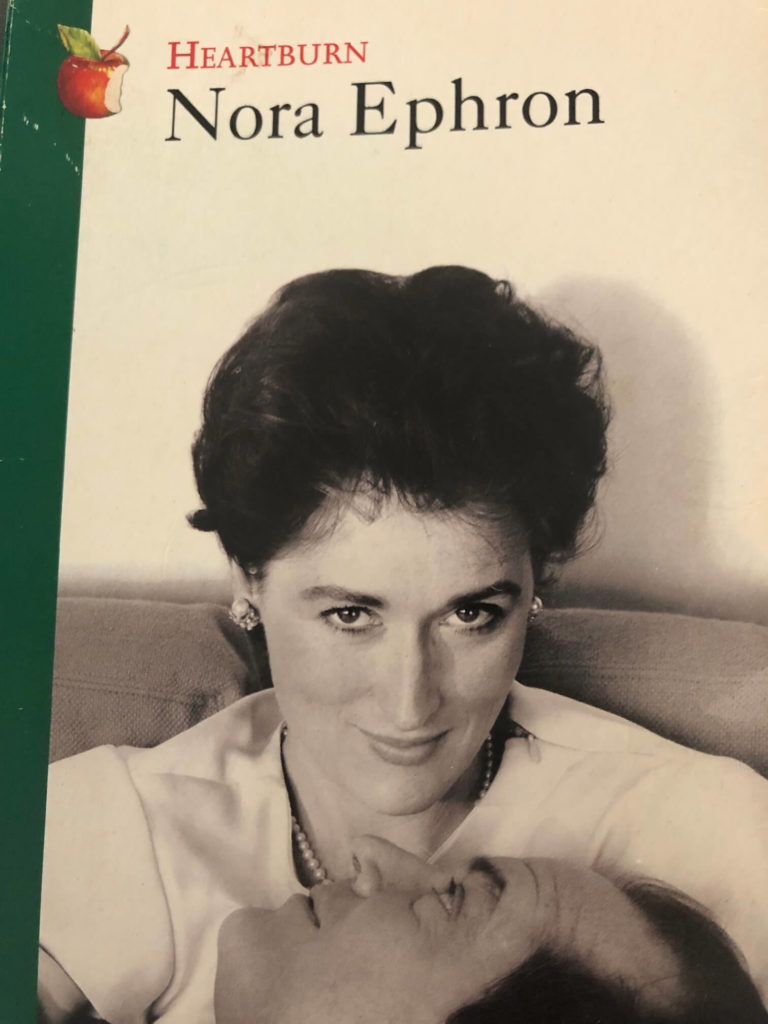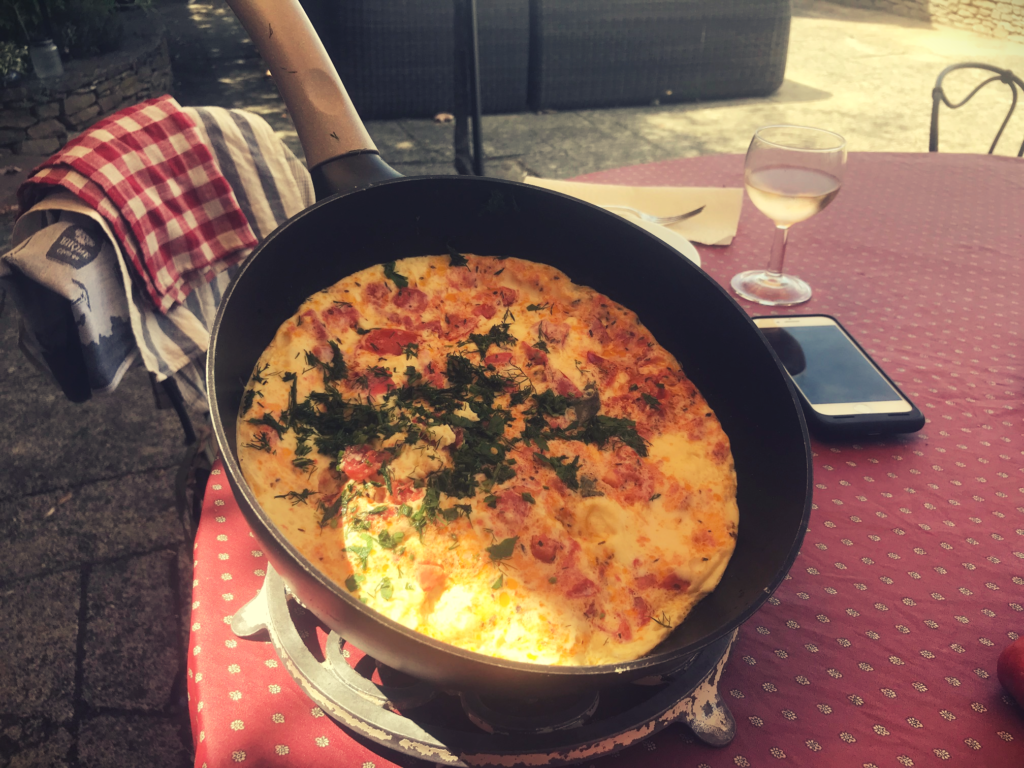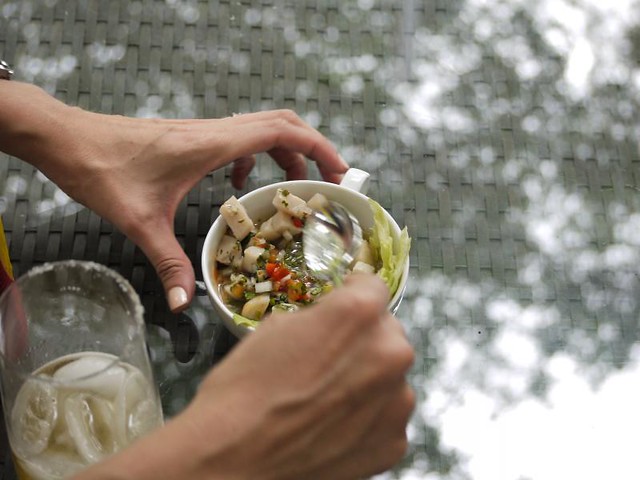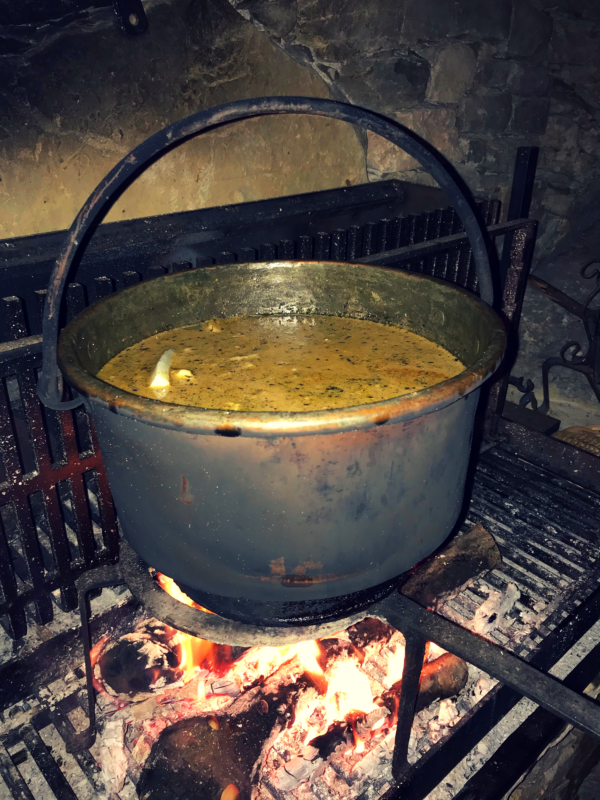Choose a perfect setting (for example, from the last uncompleted novel of Ernest Hemingway, The Garden of Eden, a sensational bestseller that appeared in 1986 and that he had worked on intermittently from 1946 until his death in 1961, chapter 1).
“They were living at Ie Grau du Rai then and the hotel was on a canal that ran from the walled city of Aigues Mortes straight down to the sea. They could see the towers of Aigues Mortes across the low plain of the Cam argue and they rode there on, their bicycles at some time of nearly every day along the white road that bordered the canal. In the evenings and the mornings when there was a rising tide sea bass would come into it and they would see the mullet jumping wildly to escape from the bass and, watch the swelling bulge of the water as the bass attacked.
A jetty ran out into the blue and pleasant sea and they fished from the jetty and swam the beach and each day helped the fishermen haul in the long net that brought the fish up onto the long sloping beach. They drank aperitifs in the cafe on the corner facing the sea and watched the sails of the mackerel fishing boats out in the Gulf of Lions.
It was a cheerful and friendly town and the young couple liked the hotel, which had four rooms upstairs and a restaurant and two billiard tables downstairs facing the canal and the lighthouse.
The room they lived in looked like the painting of Van Gogh’s room at Ades except there was a double bed and two big windows and you could look out across the water and the marsh and sea meadows to the white town and bright beach of Palavas.
They were always hungry but they ate very well. They were hungry for breakfast which they ate at the cafe, ordering brioche and cafe au lait and eggs, and the type of preserve that they chose and the manner in which the eggs were to be cooked was an excitement. They were always so hungry for breakfast that the girl often had a headache until the coffee came. But the coffee took the headache away. She took her coffee without sugar and the young man was learning to remember that.
On this morning there was brioche and red raspberry preserve and the eggs were boiled and there was a pat of butter that melted as they stirred them and salted them lightly and ground pepper over them in the cups. They were big eggs and fresh and the girl’s were not cooked quite as long as the young man’s. He remembered that easily and he was happy with his which he diced up with the spoon and ate with only the flow of the butter to moisten them and the fresh early morning texture and the bite of the coarsely ground pepper grains and the hot coffee and the chickory-fragrant bowl of cafe all lait.
Cook the perfect four-minute egg

This recipe is (from a bestseller by Nora Ephron, Heartburn, her life-based novel , depicting on her then husband, Carl Bernstein, who along with Bob Woodward at The Washington Post, did the majority of the most important news reporting on the Watergate scandal)
- “Put an egg into cold water and bring it to the boil.
- Turn off the heat immediately and put the lid on the saucepan. Let it sit.
- In three minutes, you will have a perfect four-minute egg.
It just so happen that the world is not waiting breathlessly for a three-minute way to make a four-minute egg, but sometimes, when you are a food person, the possible irrelevance of what you are doing doesn’t cross your mind until it’s too late.”
For a celebratory omelet
Ingredients:
- 4 eggs, preferably from a hen, personally known to you or introduced by friends
- Olive oil – a splash
- Milk – up to 1 liter
- Salt – a pinch or two
- Cherry tomatoes – to cover the bottom of the frying pan loosely
- Herbs (dill, parsley)
- Green asparagus (12 stems) – optional
Method:
- Wash eggs
- Separate yolks and whites
- Cool whites in the freezer, whip into a foam and keep in the fridge
- Whip yolks with salt, olive oil and milk (milk little by little)
- Heat a frying pan and put cherry tomatoes with a little olive oil, stew a bit, remove skins for a special celebration
- While tomatoes are cooked, mix in the whites foam very slowly and carefully (preferably in clockwise concentric circles).
- Slowly, without ruining the layered structure of the mix, add it to tomatoes.
- Close the lid firmly for extra volume.
- While being cooked, keep the temperature at medium heat, occasionally break the bottom of the omelet to allow the mixture to fill the hole.
- Once the top of the omelet is evenly cooked, cover with a flat pizza dish, and turn the frying pan upside down into it. All herbs. Serve as a cake.
- For additional splendor, individual portions can be served on plates, decorated with grilled asparagus stems. Stems could be grilled in advance, one-two minute each side, or steamed 3-4 minutes.


